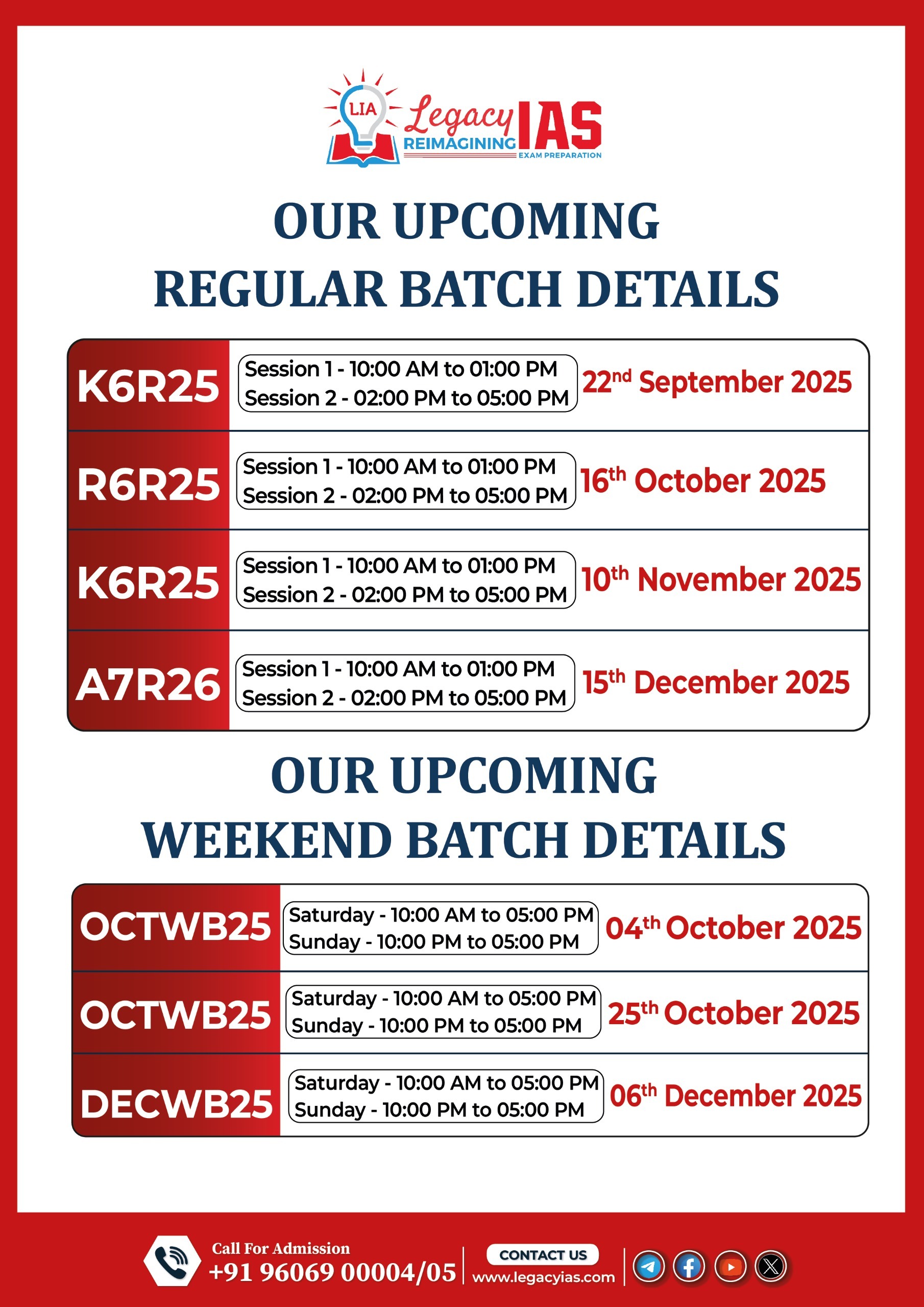Why in News ?
- The article explains why recycling works only for specific kinds of plastics, despite global focus on a circular economy and India’s Plastic Waste Management Rules (2016, amended 2022).
- The discussion gains relevance amid the global plastic treaty negotiations (INC-5) and India’s EPR (Extended Producer Responsibility) implementation drive.
Relevance:
GS 3 – Environment & Pollution Control
• Polymer science – thermoplastics vs thermosets and recyclability challenges
• Plastic Waste Management Rules, 2016 & 2022 amendments
• Extended Producer Responsibility (EPR) and circular economy
• Waste segregation, recycling technologies (mechanical & chemical)
• SDG linkages – Responsible Consumption (SDG 12), Climate Action (SDG 13)
GS 3 – Science & Technology (Material Science)
• Chemistry and structure of polymers determining reusability
• Innovation in biodegradable and bio-based plastics
What Are Plastics?
- Definition: Plastics are synthetic polymers — long chains of repeating monomer units — derived mainly from petroleum and natural gas.
- Composition:
- Base polymer (e.g., polyethylene, polypropylene)
- Additives (plasticizers, dyes, flame retardants, UV stabilizers, fillers)
- These additives and polymer linkages determine melting point, flexibility, transparency, and recyclability.
Classification of Plastics
| Type | Bonding Nature | Behavior on Heating | Examples | Recyclability |
| Thermoplastics | Weak van der Waals forces | Soften when heated, harden on cooling | PET (bottles), HDPE (jugs), LDPE (films), PVC (pipes) | Easily recyclable |
| Thermosetting Plastics (Thermosets) | Strong covalent cross-links | Do not soften; decompose or crack | Epoxy resin, Bakelite, Melamine, Polyurethane | Non-recyclable by conventional methods |
Polymer chemistry (GS-3 Science & Tech) and waste classification (GS-3 Environment).
Why Only Some Plastics Are Recyclable ?
(a) Molecular Structure
- Thermoplastics retain polymer chains even after melting → can be remolded repeatedly.
- Thermosets form irreversible cross-linked molecular networks → break on heating, not melt.
(b) Additives and Contaminants
- Food residue, colorants, and plasticizers alter flow and strength of molten plastic.
- Such impurities lower mechanical quality of recycled material → limit reusability.
(c) Composite & Multilayer Packaging
- Common in chips, sachets, tetra packs → made of PET + PE + aluminum foil layers.
- Difficult to separate; hence often non-recyclable, ending up in landfills or incineration.
(d) Economic Viability
- Recycling involves collection → segregation → washing → shredding → remolding.
- Cost-effective only when waste stream is homogeneous, large-scale, and clean (e.g., PET bottles).
- Mixed waste, foams, or films lack steady market demand for recycled pellets.
Chemical vs Mechanical Recycling
| Method | Process | Pros | Cons |
| Mechanical Recycling | Plastics shredded, melted, and remolded | Simple, low energy | Limited to clean, single-type thermoplastics |
| Chemical Recycling | Polymers broken down into monomers or oils using heat/catalysts | Can handle mixed or dirty plastics | Energy-intensive, expensive, limited scalability |
Example:
- Pyrolysis → breaks polymers to synthetic oil.
- Depolymerization → converts PET to monomers (ethylene glycol, terephthalic acid).
India’s Plastic Waste Landscape
- Annual Plastic Waste Generation (CPCB 2023): ~3.5 million tonnes.
- Recycling rate: ~60% (mostly informal sector, mechanical recycling).
- Rules:
- Plastic Waste Management Rules, 2016 (amended 2022) — Extended Producer Responsibility (EPR), ban on certain single-use plastics.
- Swachh Bharat Mission & SBM 2.0: Urban local bodies mandated waste segregation and MRF (Material Recovery Facility) setup.
- India’s commitment to circular economy — NITI Aayog 2022 roadmap.
Environmental Implications
- Non-recyclable plastics → landfill overflow, microplastic pollution, and toxic leachates.
- Burning mixed plastics → releases dioxins, furans, and GHGs (climate implications).
- Marine plastic → threatens biodiversity and enters food chain (bioaccumulation).
- India’s SDG link:
- SDG 12 (Responsible Consumption & Production)
- SDG 14 (Life Below Water)
- SDG 13 (Climate Action)
Technological & Policy Way Forward
- Promote mono-material packaging → easier recycling.
- Invest in chemical recycling R&D and bio-based polymers (PLA, PHA).
- Strengthen EPR → enforce accountability on producers & FMCGs.
- Expand waste segregation infrastructure at municipal and panchayat levels.
- Create demand-side pull → government procurement of recycled plastic goods.
- Encourage informal sector integration → formalize waste-picker networks.
| Topic | Integration |
| Pollution Control | Plastic waste → air, water, soil contamination |
| Environmental Governance | PWM Rules, EPR, CPCB guidelines |
| Science & Tech in Everyday Life | Polymer chemistry, thermoplastics vs thermosets |
| Sustainable Development | Circular economy, resource efficiency |
| Climate Change Link | Fossil fuel-based plastics → lifecycle GHG emissions |



